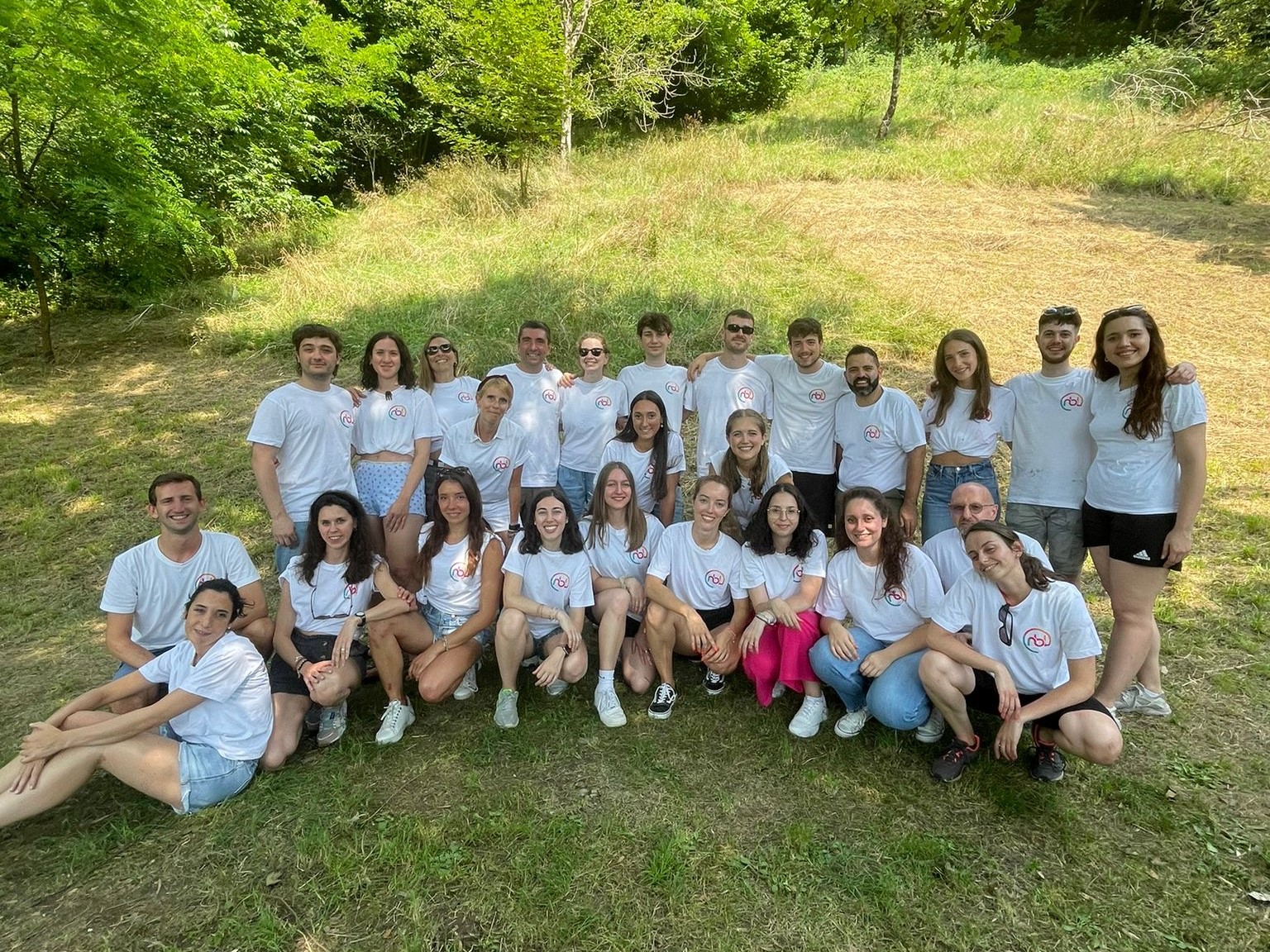Principal investigators

DAVIDE PROSPERI
Principal Investigator of the NanoBioLab, Full Professor of Biochemistry
He is devoted to biomedical and biophysical applications of nanotechnology. In particular the design, synthesis, functionalization and characterization of colloidal, polymeric and biomimetic nanoparticles for biomedical applications, with particular focus on the diagnosis and treatment of cancer and inflammatory diseases.
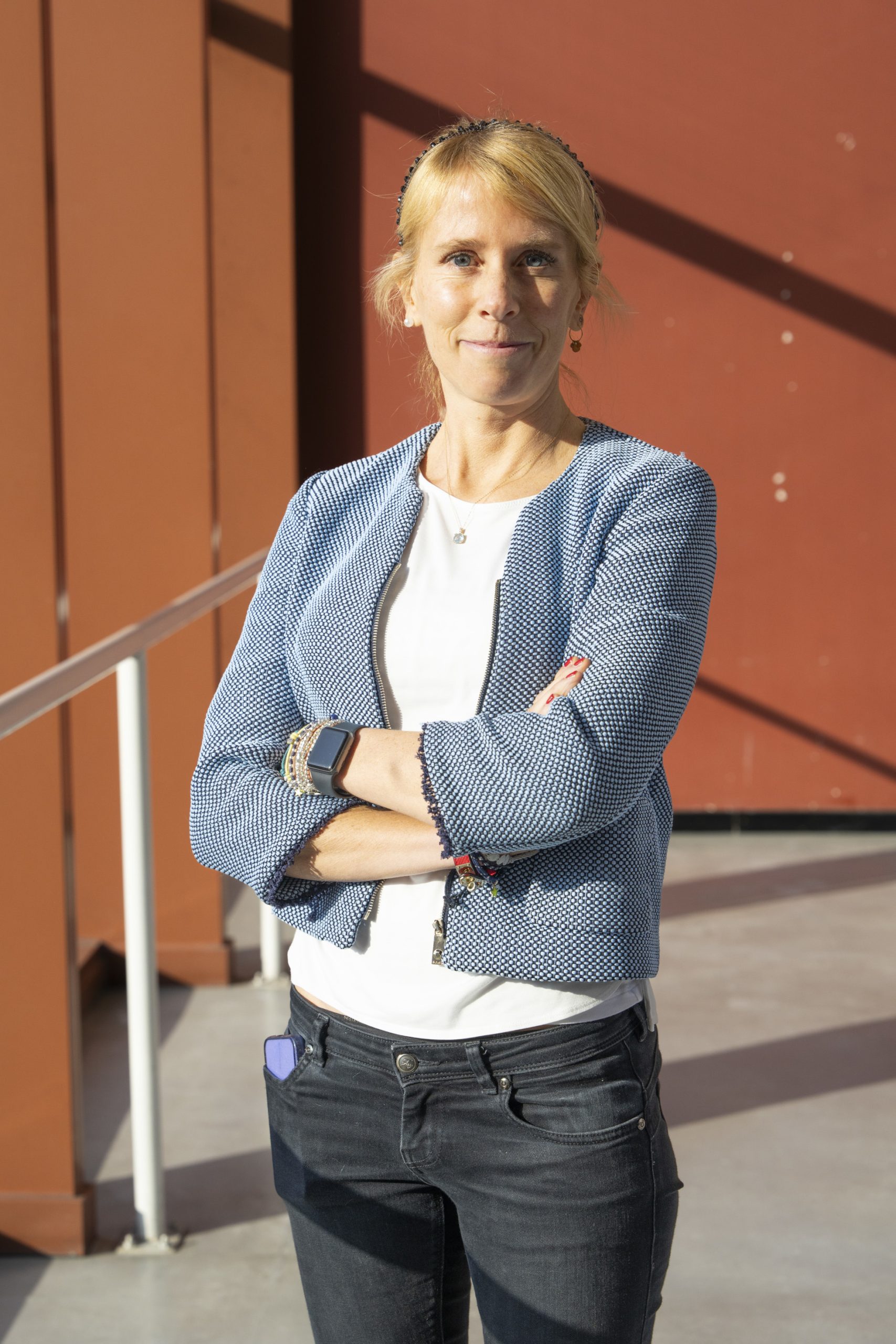
MIRIAM COLOMBO
Principal Investigator of the NanoBioLab,
Full Professor in Clinical Biochemistry
Researchers
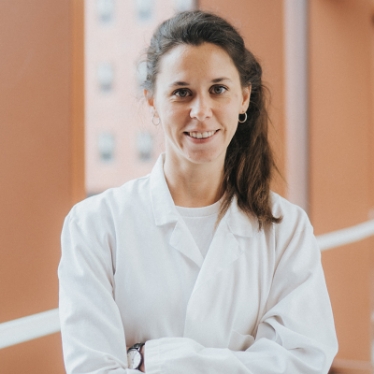
Lucia Salvioni
Assistant Professor in Clinical Biochemistry
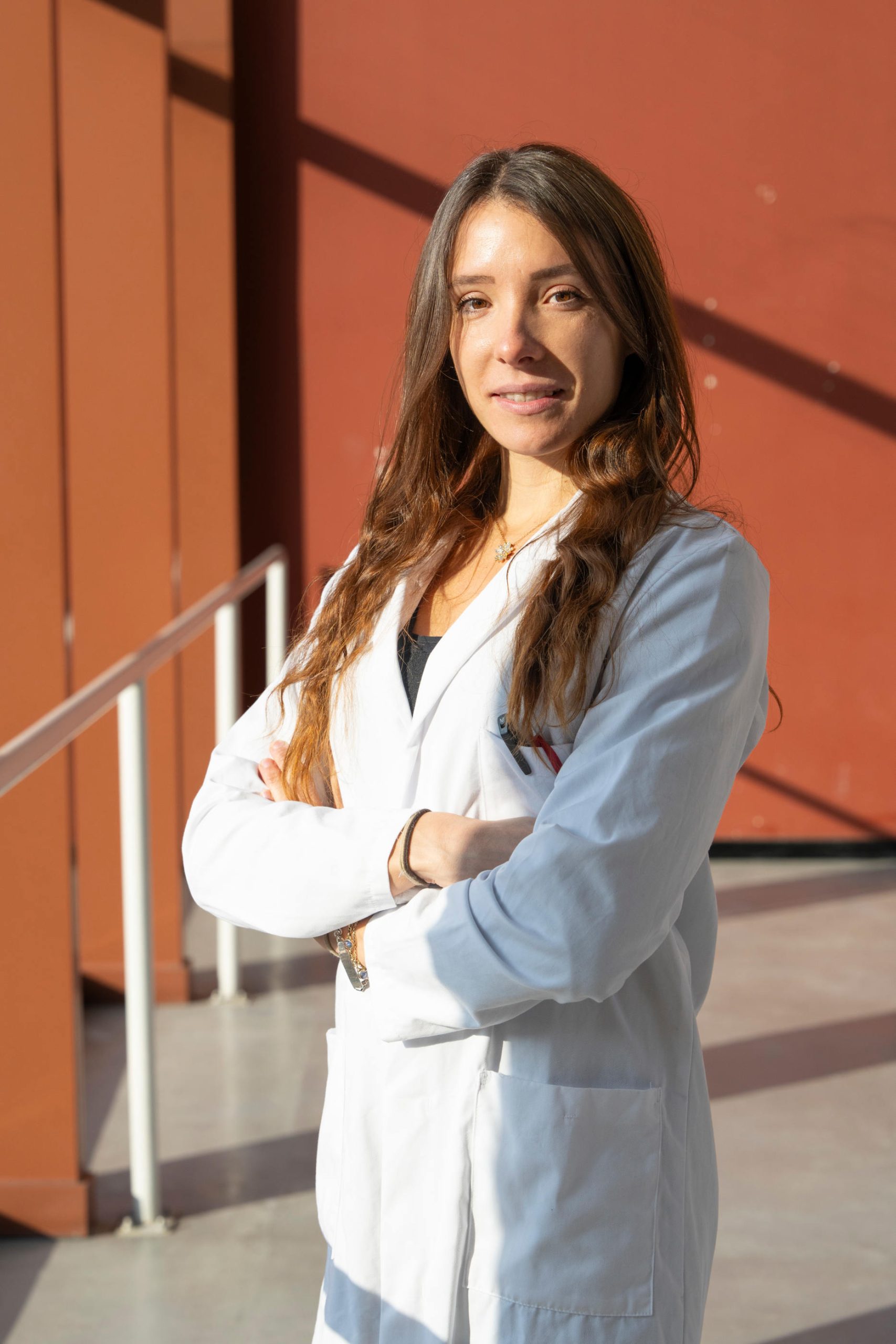
Stefania garbujo
Assistant Professor in Biochemistry
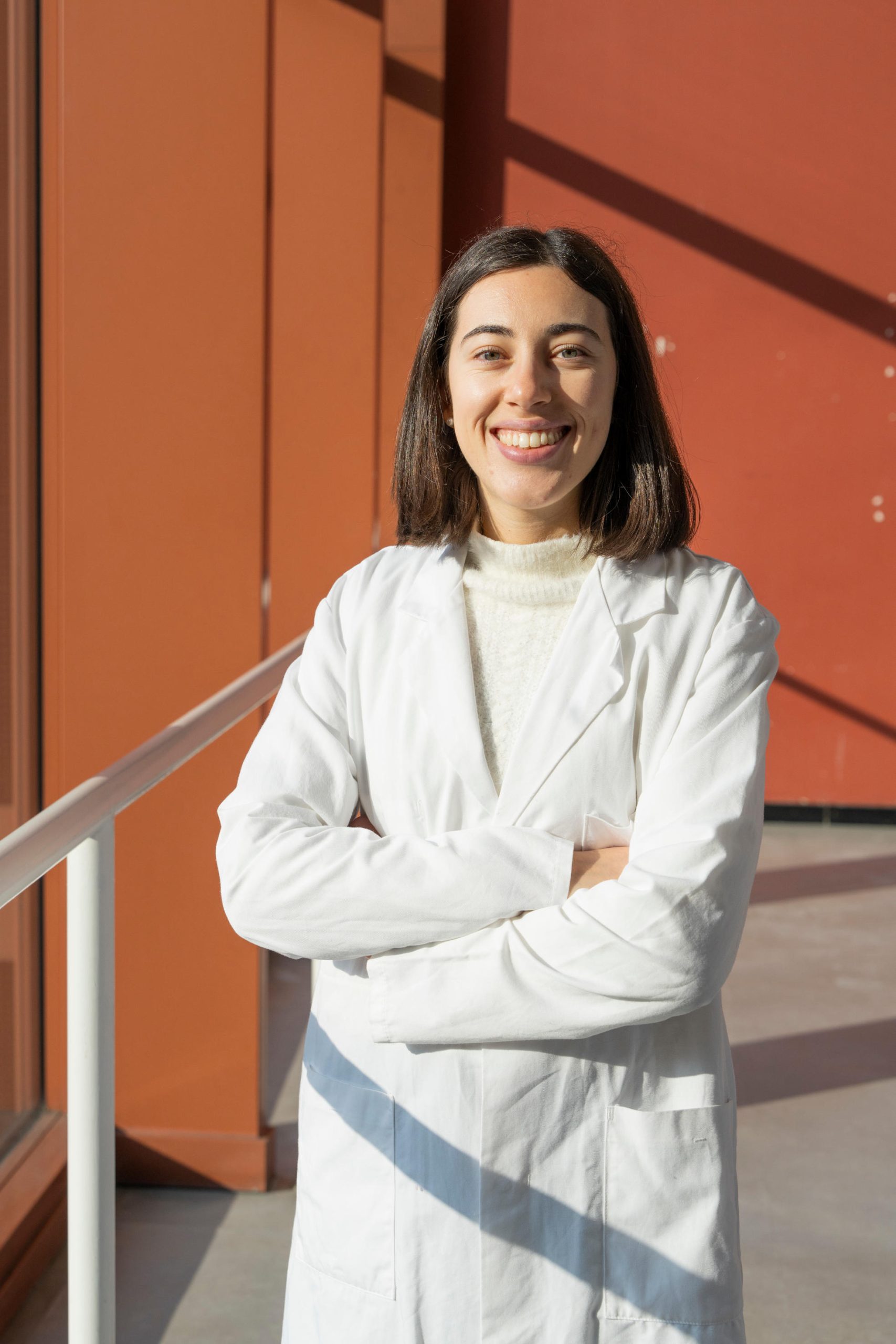
linda barbieri
Assistant Professor in Clinical Biochemistry
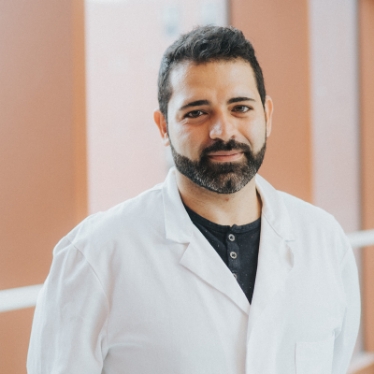
Marco DAVIDE giustra
Assistant Professor in Pharmaceutical and Technological applications of Chemistry
Postdoctoral Fellows
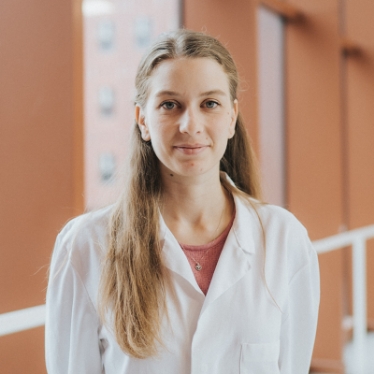
LUCIA AGNESE MORELLI
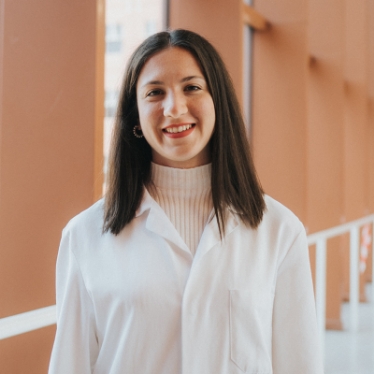
Chiara Baioni
pDNA and mRNA transfection studies; extracellular vesicles isolation and
characterization.
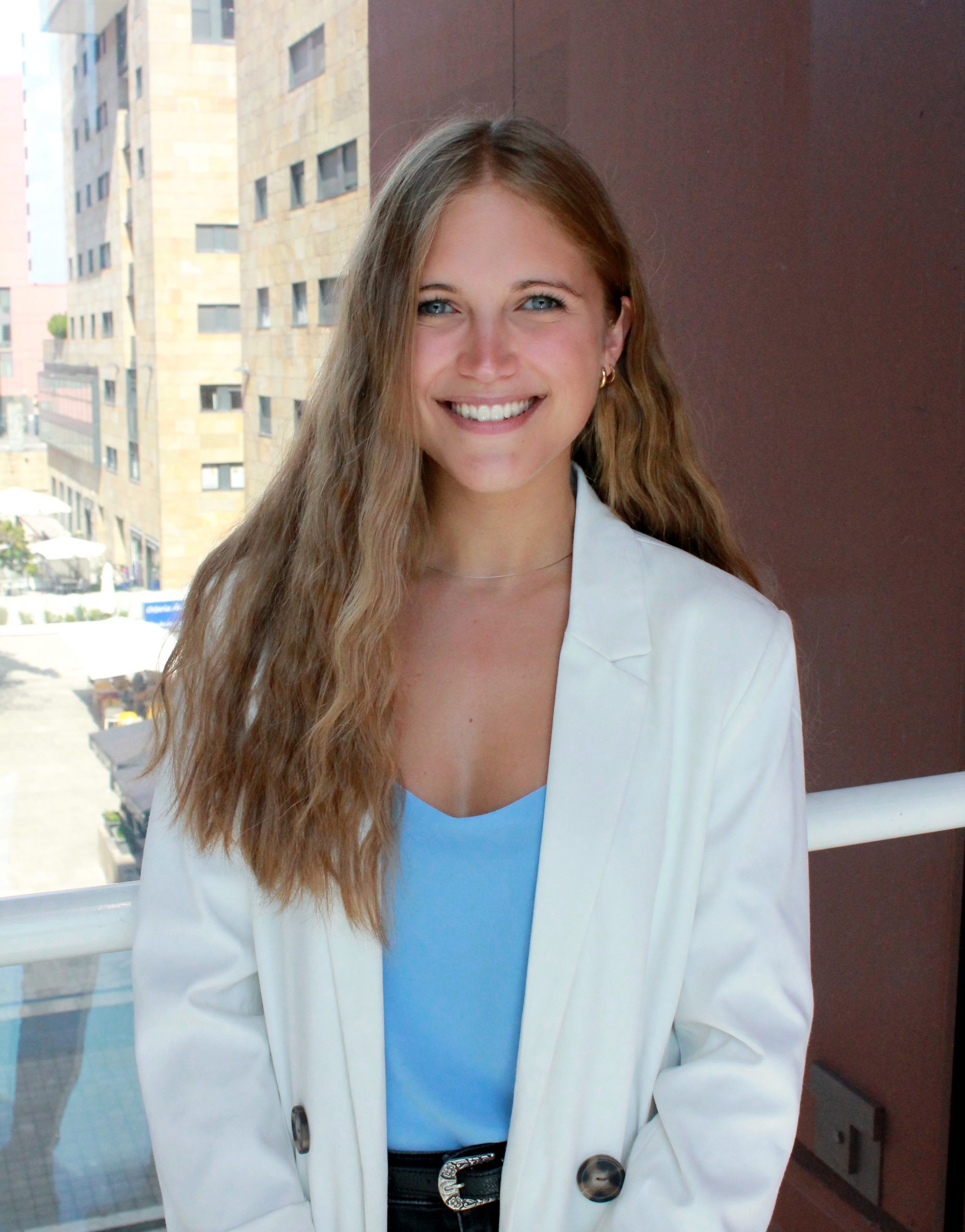
giulia tomaino
Expression and purification of recombinant protein nanoparticles as drug and gene delivery system; development and characterization of RNA-encapsulating lipid nanoparticles; transfection studies on cancer cell lines
PhD STUDENTS
Converging Technologies for Biomolecular Systems (TeCSBi)
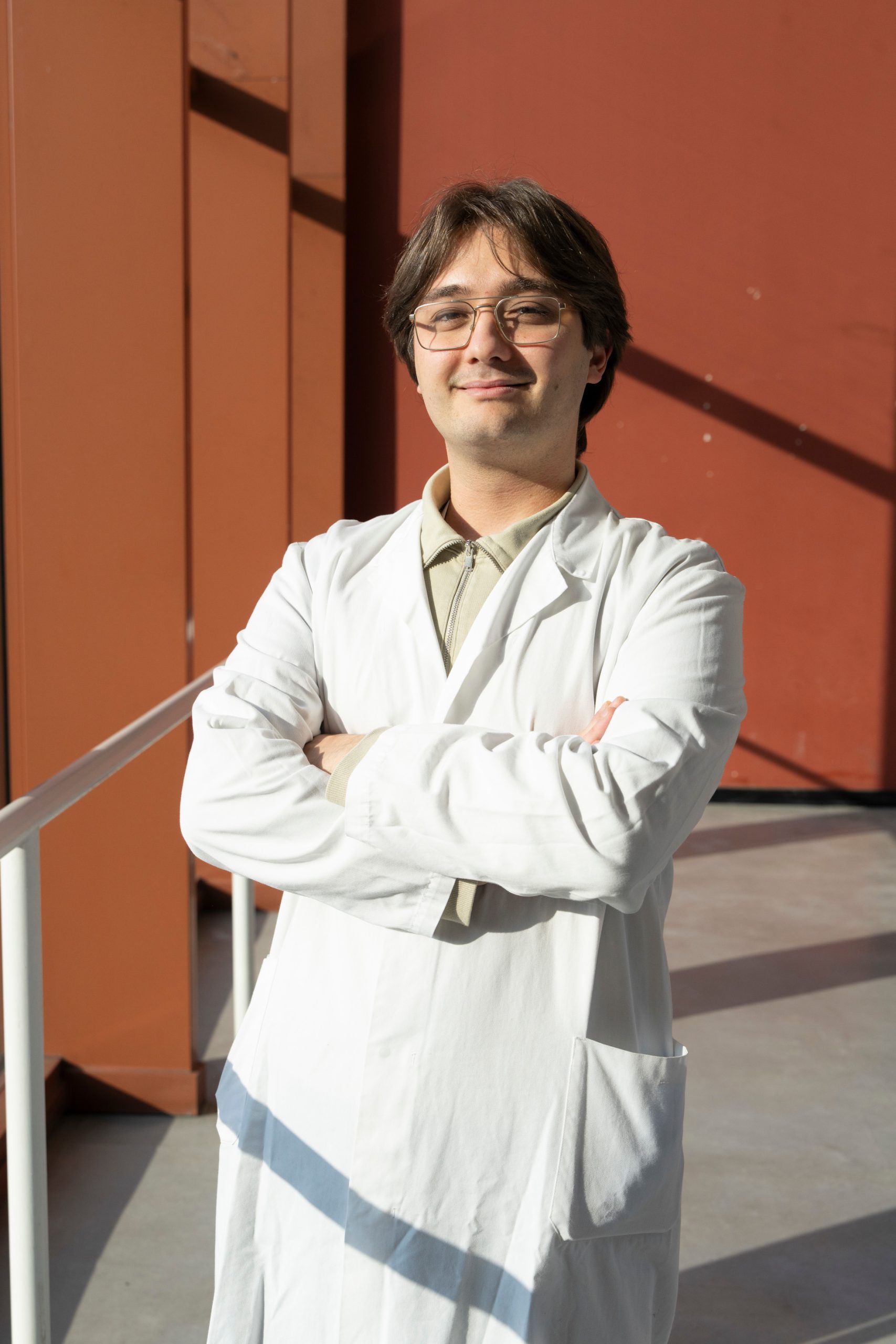
Andrea banfi
Marine sciences, Technology and Management (MTM)

Francesca spena
Synthesis and characterization of polymer nanoparticles; nanoprecipitation and nano-encapsulation.
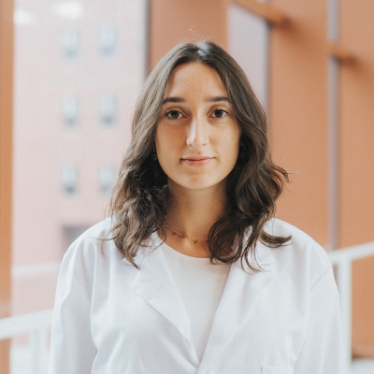
Beatrice De Santes
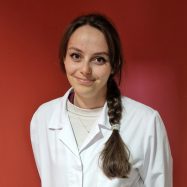
Giulia sinesi
Production of new materials for sustainable cosmetics.
(Funded by Intercos S.P.A.)
Translational and Molecular Medicine (DIMET)
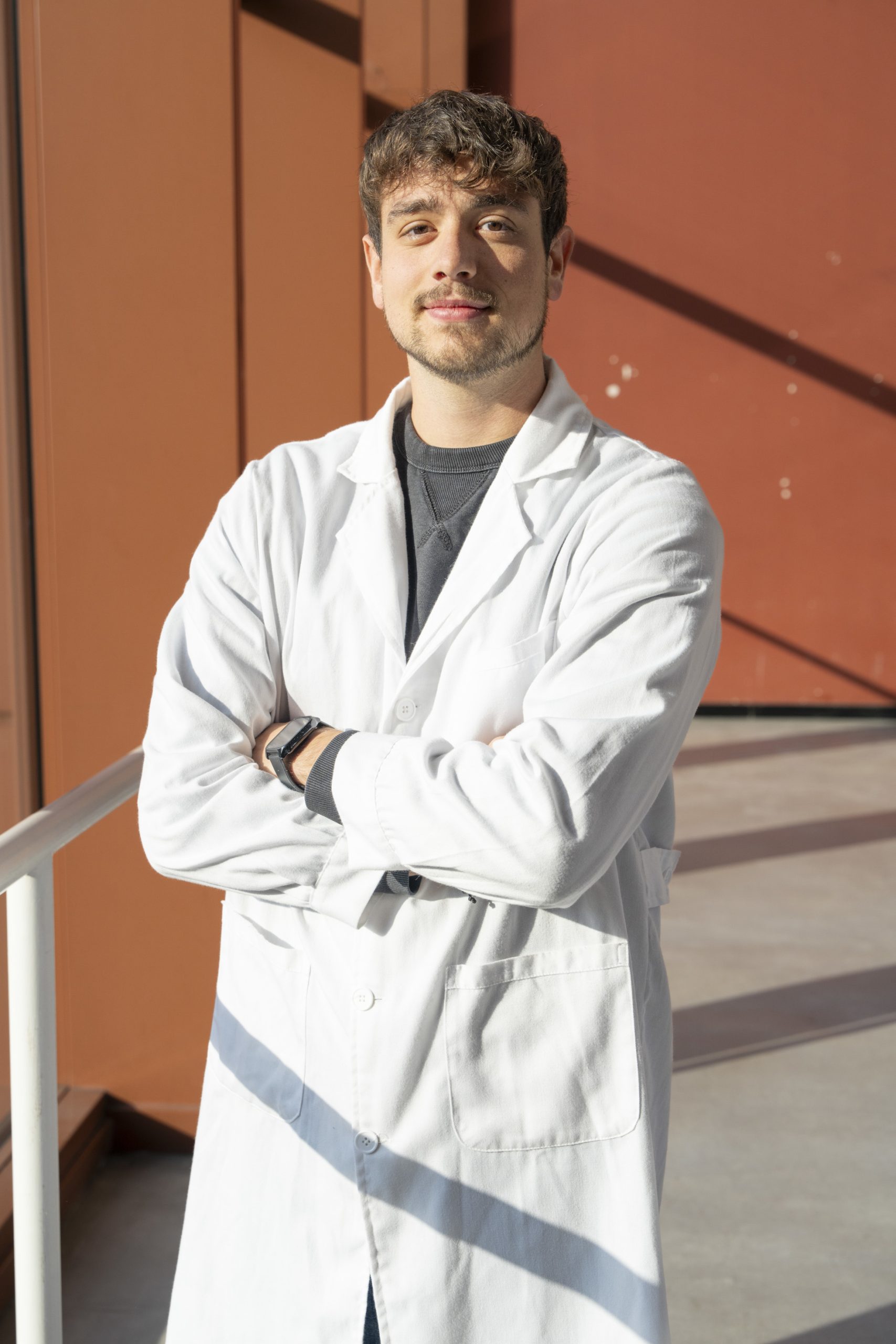
Alessandro colombo
Material science and Nanotechnology
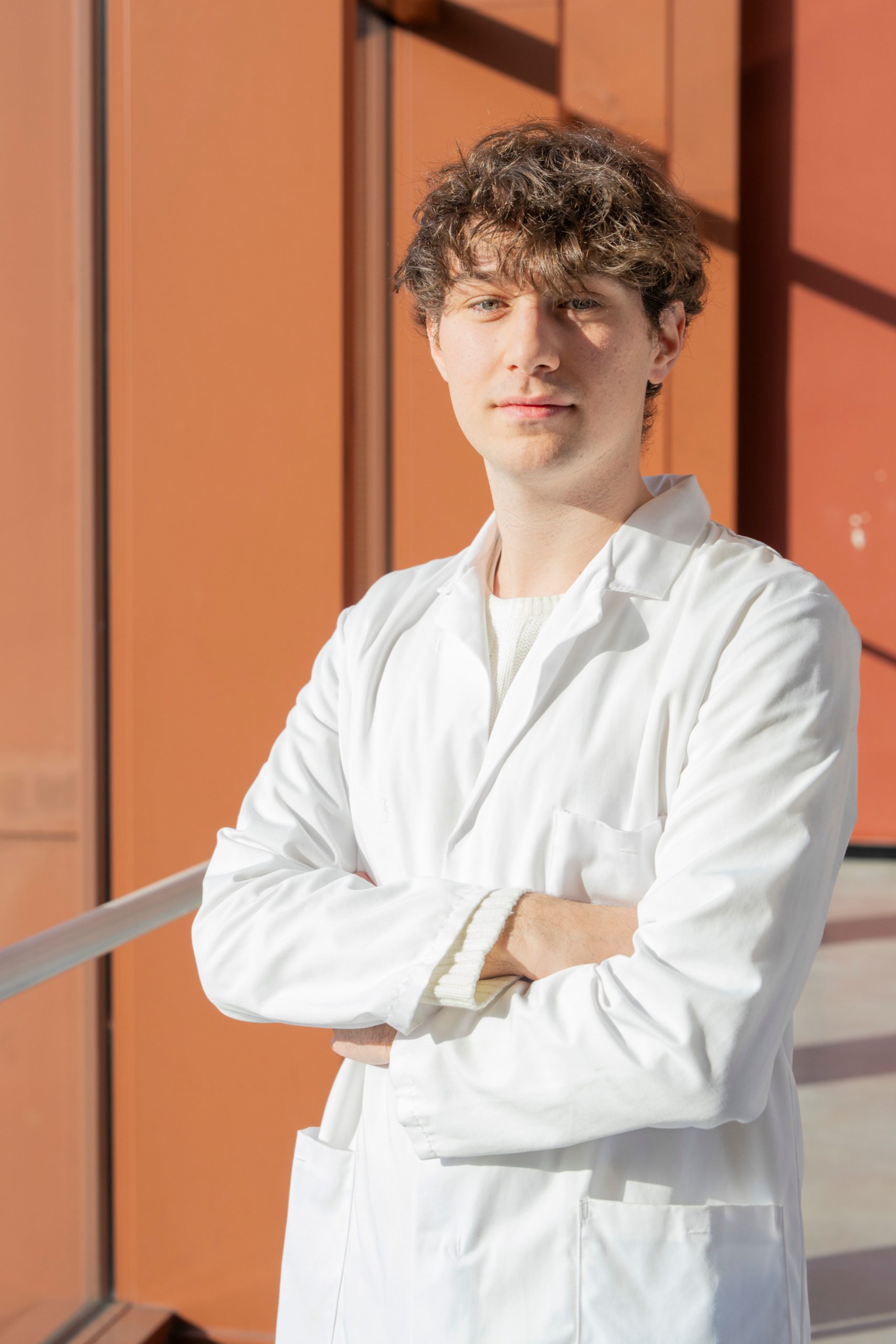
Brian novati
Synthesis and characterization of metallic and polymer nanoparticles; nanoparticles-cell interaction microscopy studies
TECHNICIAN
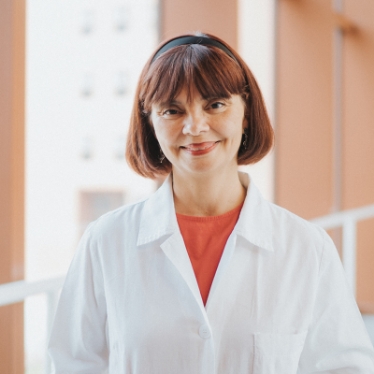
Evelyn Ochoa
Senior technician
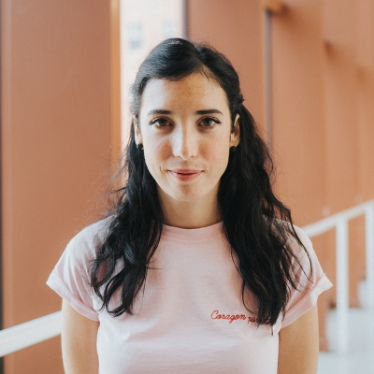
Giulia maffeo
Lab Manager
GRADUATE STUDENTS
COLLABORATORS from UNIMIB

Luisa fiandra
Associate Professor in Clinical Biochemistry

Gianni frascotti
Tenured Assistant Professor in Chemistry and Biotechnology of Fermentation
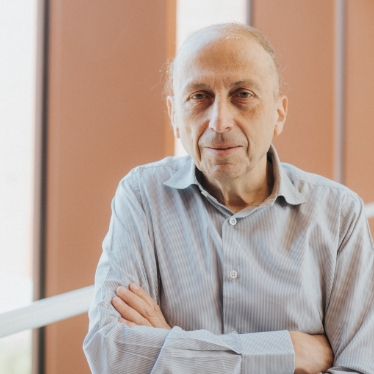
Paolo Tortora
Senior Professor
His research project is aimed at employing the vault protein as a nanovector endowed with therapeutic efficacy, which is routinely produced in the laboratory using a yeast-based expression system. This molecule is been investigated in view of the development of vault-based nanovectors capable of delivering antitumor siRNAs or cytotoxic proteins to selected cancer cell lines.
Inversely, due to its ability to exert a cytoprotective action towards some cell
lines (notably cardiomyocytes), the possibility is being explored to use this same molecular assembly as a cytoprotective agent in patients treated with antitumor agents. For this purpose, the vault is equipped with antibodies or other proteins capable of specifically directing it to the target cells.
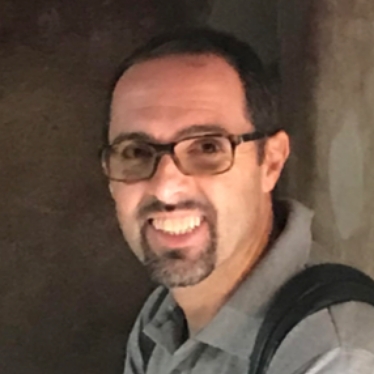
Metello Innocenti
Assistant Professor in Biochemistry
